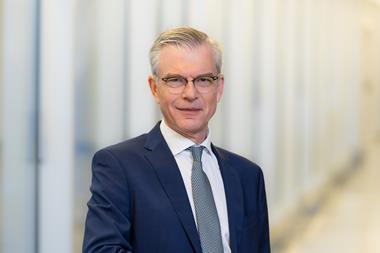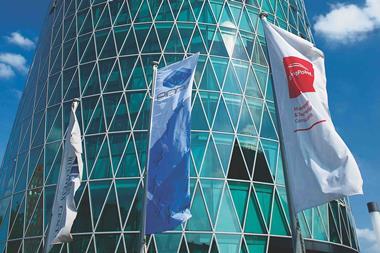EUROPE - Approximately one in four workers in the European Union are now members of defined contribution pension schemes. But serious work is still needed to raise contributions as the distribution of assets is very different to the location of active members, a survey by the European Federation for Retirement Provision (EFRP) has found.
In the first such study, the EFRP has delivered a survey of responses from EFRP members in 21 European countries and on 42 different schemes - representing approximately €1.3trhn in assets and 58 million people - on schemes where “contributions made to the pension plan are defined”.
The research delivers a full breakdown of key elements regarding DC pension plans and looks at contribution rates, participation, providers, governance, investment choice - including life-cycling, guarantees and risk-sharing - as well as delivering information on the payout phase, how members state schemes are registered under European regulation, fees and charges and communications.
In particular, the study found the UK, Denmark, Italy and Switzerland are the biggest holders of DC assets (see image above, right). Yet Poland, Sweden, Romania, Denmark, Italy, Hungary and France have the larger chunk of members (see image below, right).
Encouraging greater contributions is therefore seen as a crucial issue to the EFRP as evidence from the survey suggests only five schemes in the survey - from Cyprus, Denmark, Guernsey, Iceland, Ireland - have average contribution rate as a percentage of wages is more than 10%, and contributions can range from 1-15%, albeit schemes members of schemes in Austria, Denmark, Poland and Sweden often participate in mandatory DC schemes too.
Joanne Segars, chief executive of the UK’s National Association of Pensions Funds (NAPF), who presented the findings of the Workplace pensions - Defined Contribution survey at a meeting in Brussels yesterday, noted: “The first thing that strikes us is that DC assets are very significant and growing. DC plans have around €1.3trn in assets, and the distribution of these assets is uneven. What is important is what that might look like in a few years’ time and I think we will see the distribution changing,” said Segars.
“Taking into account all of the schemes we surveyed, the membership is 58 million. That is about one in four of the EU’s workforce. And in eight of the countries surveyed, DC coverage exceeds 50% of employees. There are more people actively saving in the UK than of people in DB schemes,” she added.
That said, she noted it is important to look behind the figures in some respects as some countries still pay very high pension provision via the state and therefore gives a different complexion to pension provision.
The study also found there was a wide distinction between schemes which do and do not offer investment choice. At least 41% of the schemes surveyed do not provide any investment choice. But of those that do, at least 60% provide two or more investment choices and approximately 80% of members are in the default fund, the survey suggests.
At least 25% of schemes offered some sort of return, according to Segars, as 20% of schemes with investment choice also carry a guaranteed return while the figure is much higher for schemes with no choice, as only 19% of these carry no guaranteed return.
Further findings also suggest the average total expense ratio of mandatory and workplace pension schemes is 75bps. This is taken from a range of 20bps delivered by Denmark’s ATP - suggesting the size of the fund matters to costs - to 125bps elsewhere.
Georg Fischer, acting director for the Employment, Social Affairs and Equal Opportunities DG at the European Commission, said he “congratulated” the EFRP on its “useful” DC survey, and noted it will assist his role in the development of the EC’s green paper on a European framework for pensions.
Copies of the survey can be ordered from the EFRP website at www.efrp.eu
If you have any comments you would like to add to this or any other story, contact Julie Henderson on + 44 (0)20 7261 4602 or email julie.henderson@ipe.com












No comments yet